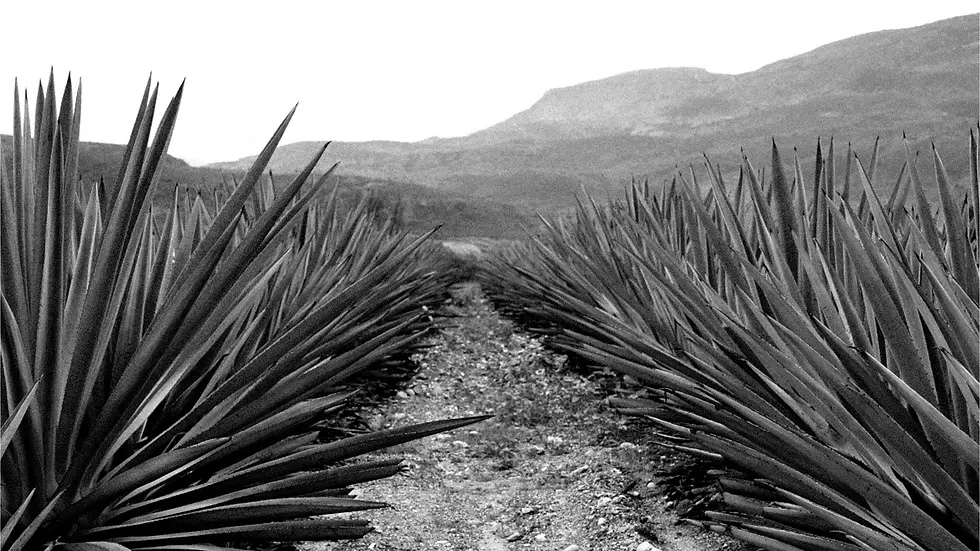










La Historia
Mezcal is a type of distilled alcoholic beverage made from a variety of species of agave plant native to Mexico.
It’s often said that Mezcal was first born during a thunderstorm, when lightning hit an agave plant, roasting it and making the first “tatema” - which is why it is said to be a drink created by gods and literally “fallen from heaven”.
Before the Spanish first came to Mexico, the agave plant that mezcal is made from had a very important meaning to Mexican tribes. It was widely used both for its nutrients and its medical properties.
Whats the difference between mezcal and tequila?


Aromatic and with intense flavors
wide variety of agave used
wide variety of agave used
wide variety of agave used
Made with 100% agave
MEZCAL
aromatic with intense flavors
aromatic with intense flavors
Wide variety of agaves
Can be ancestral, artisanal or in very few cases industrial
Neutral aroma and taste
wide variety of agave used
wide variety of agave used
wide variety of agave used
Only needs to have 51% agave
TEQUILA
aromatic with intense flavors
aromatic with intense flavors
Blue agave
Industrial production is the most recurrent
How is Mezcal made?

The production is a labor-intensive process that are followed in palenques by mezcaleros, each with its own personal touch. Mezcal has a distinct smoky flavor, which comes from the process of roasting the agave hearts, or piñas, in underground pits before distillation. This process gives mezcal its signature flavor profile.

Growing
There are over 300 species of agave that can be used for mezcal production. Each species has its own unique growth cycle, and the maturity rate ranges from 7 to 35 years.

Harvesting
Once an agave plant has finally reached maturity the “jimador” will remove its leaves with a machete until only the naked piña is left. The piña can weigh up to several hundred pounds and is part of the plant used to make mezcal.

Cooking
The piñas arrive at the cookout site and are located into stone pits.No two ovens are exactly alike as each producer has their own design and philosophy of how it will influence the final flavor of the mezcal. The piñas will be then kept inside the pits on their wood beds for two to four days, covered by only and fiber and soil blanket. It’s this part of the process that mezcal owes its smoky flavor to, a step that showcases the beauty of this 5-century-old process at its fullest.

Milling
Once the piñas have been roasted, they are crushed or milled to extract the juice, tradition-oriented "palenques" use horse-drawn stone wheel to mash them, but others prefer using more modern, mechanical milling methods. With this step of the process, the palenque will get the piñas to pulverize into the state of a soup of very fibrous texture.

Fermentation
All the agave juices and fibers obtained are then transferred to another container and are fermented into alcohol using naturally occurring yeasts in a container of choice that can be made of stone, soil, trunk, masonry, wood, clay or animal skins. The fermentation process unfolds over the course of 3 or 4 days.

Distillation
Mezcal distillation is a traditional and artisanal process. Most producers use clay or wood stills heated by direct fire. Each batch is unique and limited. During distillation, the alcohol content is determined by the structure and lasting ability of bubbles.

Second Distillation
Mezcal must be distilled twice. The first distillation, or running, produces a liquid called ordinario, which is then distilled a second time to produce mezcal. The final product is typically between 40%-50% alcohol by volume (ABV).

Resting
Mezcal is rested for a period of time, typically several months to a year, in oak barrels to allow the flavors to develop and mellow. Some mezcals are bottled without aging, while others are aged for several years to produce a smoother, more complex flavor.